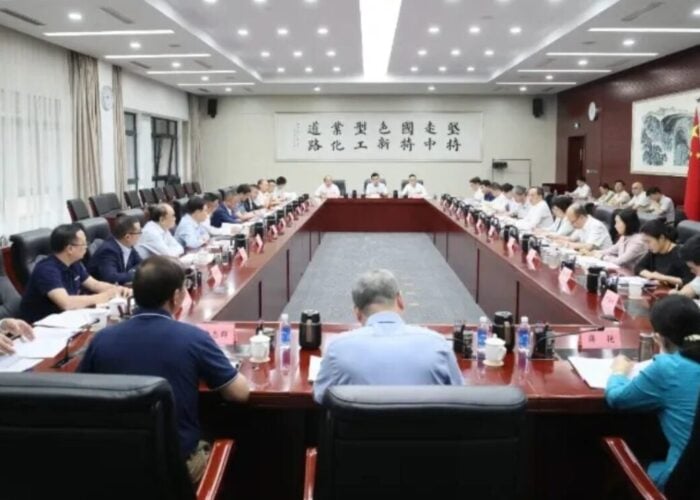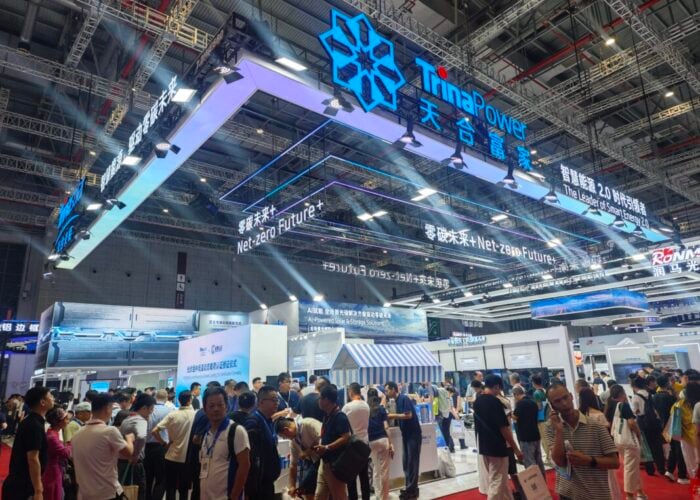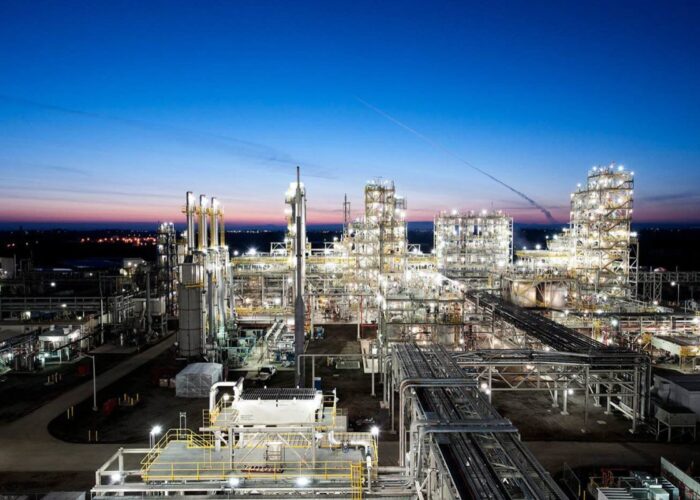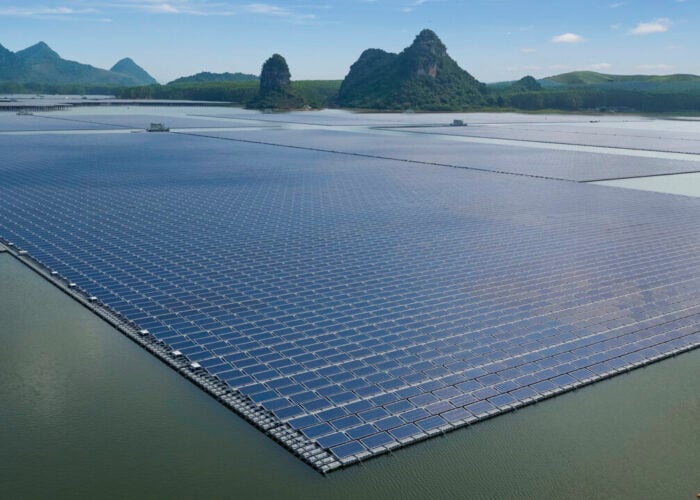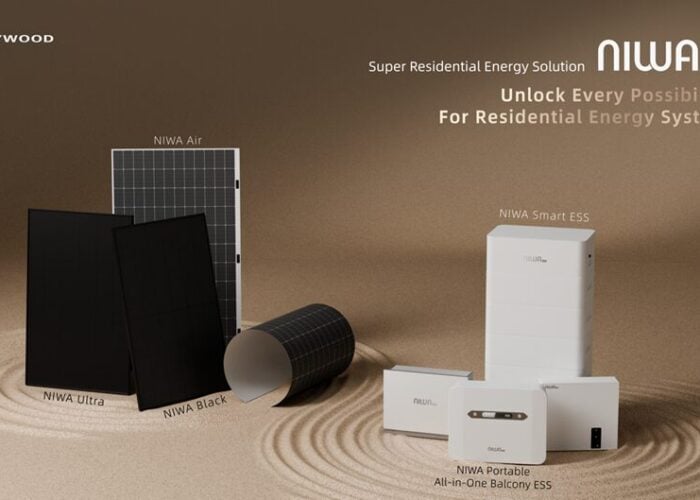Chinese PV firm LONGi Solar, which is the subsidiary of LONGi Group, has become arguably the industry’s greatest advocate of monocrystalline solar. The company has puts its money where its mouth is with huge investment to increase its manufacturing capabilities. But LONGi Solar views it as more than a technology choice but a core component of what it refers to as the industry’s third stage of development, PV 3.0.
In the first installment of a two-part interview, Zhenguo Li, LONGi Group’s president, speaks with Mark Osborne about the concept of PV3.0 and where the industry is likely to head next.
Unlock unlimited access for 12 whole months of distinctive global analysis
Photovoltaics International is now included.
- Regular insight and analysis of the industry’s biggest developments
- In-depth interviews with the industry’s leading figures
- Unlimited digital access to the PV Tech Power journal catalogue
- Unlimited digital access to the Photovoltaics International journal catalogue
- Access to more than 1,000 technical papers
- Discounts on Solar Media’s portfolio of events, in-person and virtual

Q: Why did you take it upon yourself to advocate for this idea of PV 3.0?
For LONGi, there were two reasons, we believe the higher efficiency can mean lower cost. Another reason, there are too many multi players spending too much time studying multi and they didn't realise the value of mono. What they didn't realise is that even on a cost per Watt, mono can be cheaper. Now they realise that it is not easy to turn to mono. We want to emphasise that mono is the better LCOE solution and at the end of the day we believe we can help the industry reach grid parity globally earlier.
Q: Mono still has its doubters. Do you think multi can remain competitive in the future?
We don't see mono and multi as enemies. We believe that for a certain timeframe they will coexist. The enemy for mono and multi is the traditional energy sources. With technology improvements in the cost reductions we see more and more countries reaching grid parity compared to traditional energy resources. The only difference is that we can do better technology with lower cost so we can make more money compared to multi!
Q: What will be the technology of choice at the end of 3.0, what does the roadmap look like?
If you look at the cell alone, we believe the best option will be PERC bifacial. On the front side, if the cell efficiency can be 24-25% that will probably hit its upper limit. If we want to move beyond that toward 45%, it needs to be a different cell structure, we need to add another junction.
For module technology, besides half-cut cells and multi-busbar, we think shingling will be a very good option and even better than either of those two.
Q: Are there not issues with cracked cells with shingling, even if the performance is better?
With the progress we have made so far we think we can solve those issues easily.
Q: What is PV 4.0?
It is not just about 400W. By then we will see grid parity in most countries and at the same time energy storage costs will have been reduced drastically and will be widely adopted. This way solar can be the sole energy source to support people's activities in the world without any other energy. That’s what we see as PV 4.0
PV 1.0 lasted about 50 years. 2.0 lasted about 15 years and we think 3.0 will last 7-8 years but it depends on the development of energy storage so it might take more time.
Q: If PV 4.0 is dependent on energy storage, what makes you so confident that the battery storage will make sufficient progress?
Actually we believe that what is happening is that the government is promoting electric cars. It’s very similar to what the government did for PV in 2009/2010. So the development of the battery industry in China will develop very fast. We expect the cost to fall to 30% of the current cost and energy storage will be very affordable in the following 10 years.
Q: Does the industry need more education on the applications of bifacial?
LONGi can get 80% of the front side power, but it is a new industry. We will only list the front side power. The rearside is dependent on the site. From our own test site, we can get 12% better yield from a fixed racking set-up and 17% more when we use a tracker.


